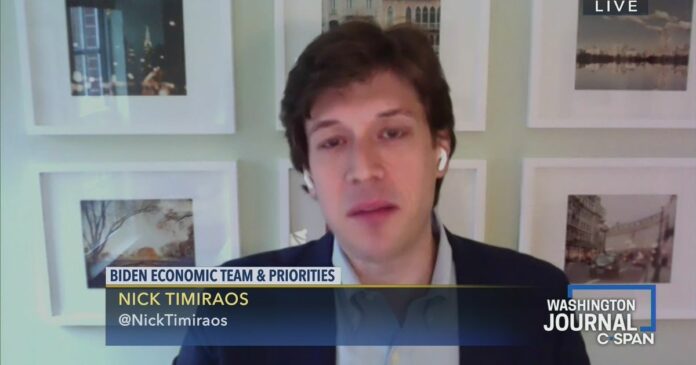Stocks whipsawed this morning following a Consumer Price Index (CPI) reading that fell in line with estimates. The Dow, S&P, and Nasdaq Composite opened slightly higher before tumbling within the first few minutes of trading.
Through noon, however, the indexes rallied to trade flat on the day.
December’s headline CPI increased by 6.5% year-over-year (YoY) and was down 0.1% month-over-month (MoM). Core CPI, which excludes food and gas, was up 5.7% YoY in December and gained 0.3% MoM. Every reading matched expectations, confirming to many analysts that inflation should continue to slow from here.
But will the Fed be able to bring inflation down to its target of +2.0% YoY any time soon? Some strategists remain skeptical, and rightfully so.
“Markets have remained confident the Fed will be able to control inflation, but that remains to be seen. The Consumer Price Index is just one measure of inflation and it’s calculated by the Bureau of Labor Statistics with a large component being owner-occupied rent. CPI is not the only way to measure inflation,” warned Quadratic Capital Management founder Nancy Davis.
Nonetheless, today’s data prompted dovish remarks from Philadelphia Fed president Patrick Harker.
“I expect that we will raise rates a few more times this year, though, to my mind, the days of us raising them 75 basis points at a time have surely passed,” Harker said just minutes after the December CPI reading was announced.
“In my view, hikes of 25 basis points will be appropriate going forward.”
Harker went on to say that he still believes the Fed will raise rates slightly above 5% (referencing the Fed’s 5.1% median rate for 2023), but that it would do so in a series of smaller hikes (25bps). Investors previously assumed that a pair of 50 basis point hikes would be used to bring the fed funds rate over 5%.
If the Fed went with 25 basis point rate increases instead, it would need four meetings to bring rates to the 2023 median target. The current fed funds rate is 4.25%.
This was echoed by Fed mouthpiece Nick Timiraos, who wasted little time in predicting a 25 basis point increase at the Fed’s next meeting.
“Fresh data showing inflation eased in December are likely to keep the Fed on track to reduce the size of interest-rate increases to a quarter-percentage-point at their meeting that concludes on Feb. 1,” Timiraos wrote in a morning WSJ article.
“The improving inflation data suggest officials will strongly consider the smaller increase of a more traditional quarter point, or 25 basis points.”
Timiraos has the honor of being the only journalist with a direct line of communication to the Fed. When he speaks, investors listen.
So then why aren’t stocks rallying today?
In addition to bulls having already priced in a cool CPI reading, there’s the fact that the Fed seemingly left its median rate of 5.1% unchanged. Harker said that the Fed would still bring the fed funds rate just above 5% in prepared remarks this morning.
In the end, that’s not really dovish (ie, bullish) at all. Nor does it indicate a more hawkish shift.
That’s why markets had trouble digesting this morning’s CPI release. Four small rate hikes (25bps) vs. two bigger ones (50bps) won’t push the needle. And, unless the Fed indicates that it’s going to alter the median rate for 2023 any time soon, earnings season – banks report quarterly results tomorrow – will drive sentiment more than the next rate increase, which arrives February 1st.







